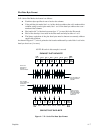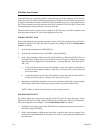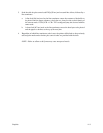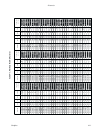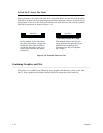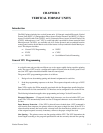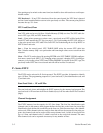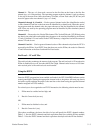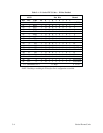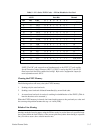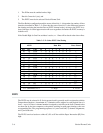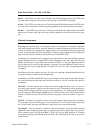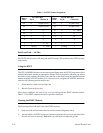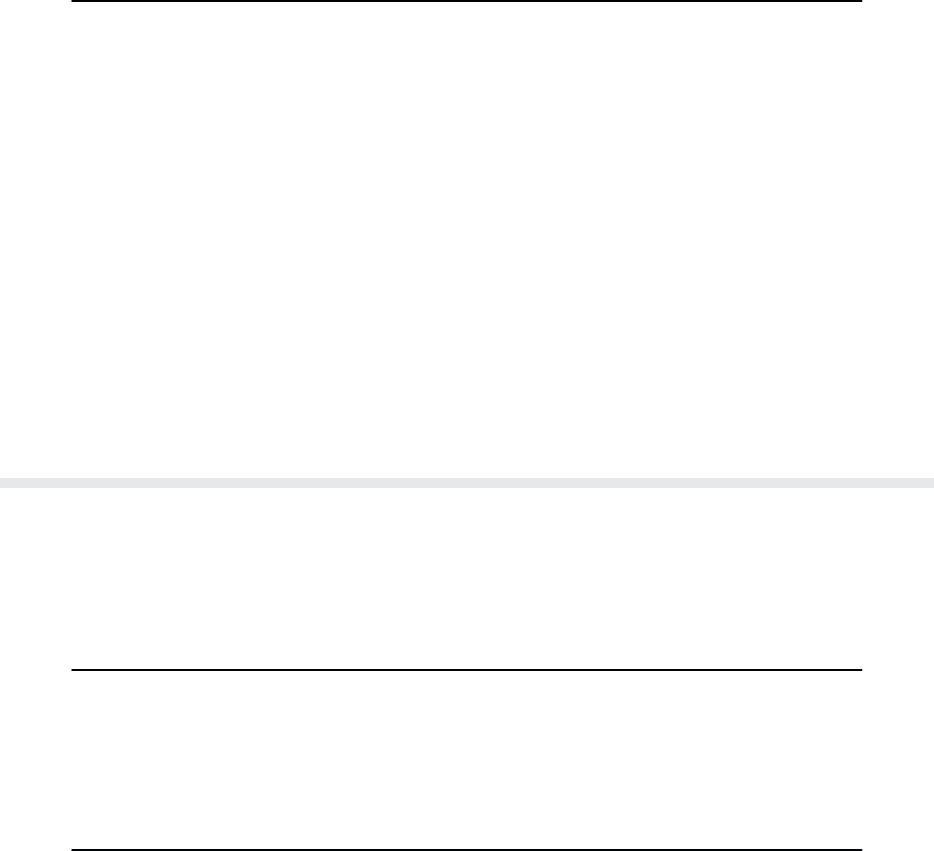
Vertical Format Units5-2
Line
spacing may be mixed on the same form, but should be done with caution to avoid
unpre
Ć
dictable
results.
VFU Deselected - If any VFU is deselected from the control panel, the VFU data is ignored
and the forms length definition returns to the previously set value. The current print position
becomes
the top-of-form.
VFU Load/Save/Clear
One
VFU table can be saved
in Non-V
olatile Memory (NVM) at a time. The VFU table for
Ć
mat
is: VFU type, LPI, and VFU channel data.
Load - Upon printer powerup or printer reset, a previously saved VFU will be loaded if the
saved
VFU table
matches the
VFU type
(see page 3-18). Upon loading the VFU, LPI will be set
to
the value stored in the VFU table if the saved VFU was loaded using the 6 or 8 lpi D
VFU
or
NVFU
Start L
oad code.
Save - From the control panel, VFU TABLE SAVE writes the current VFU table into
Non-Volatile
memory. Skip-over perforation and forms length values
are not saved from this
selection.
Clear
-
The VFU can be cleared by pressing
ENTER at the VFU T
ABLE CLEAR configura
Ć
tion menu, control code (SFCC @), changing printer protocol, changing VFUs, loading paĆ
rameters, or by loading a new VFU format. When DIS
ABLE is selected as the VFU type, the
previously loaded VFU data is
not
cleared and will still be in effect if reselected.
P-Series EVFU
The
EVFU may be selected in P-Series protocol. The EVFU provides 16 channels to identify
up
to 192 lines. The programming sequence is 1) start load code; 2) line identification code; and
3)
end load code.
Start Load Code - 1E or 6E Hex
The
start load code clears and initializes the EVFU memory for
the memory load program. The
start
load code is 1E
hex when the PI line is disabled (low) or 6E hex when the PI line is enabled
(high).
Channel Assignment
The EVFU memory has the capacity for 192-line forms. The first line identification code
(channel
code) in the memory load program defines the first line on the form; the second line
identification
code defines the second line on the form, etc. Each line must have a line identifi
Ć
cation code. Filler channel codes are used for lines that will not be accessed by the print proĆ
gram.
Any channel code can be used as a filler except channel code 1, which is
reserved for the
top-of-form, and channel code 12, which is reserved as the vertical tab channel. The same
filler
channel code can be repeated as necessary for any number of lines.




